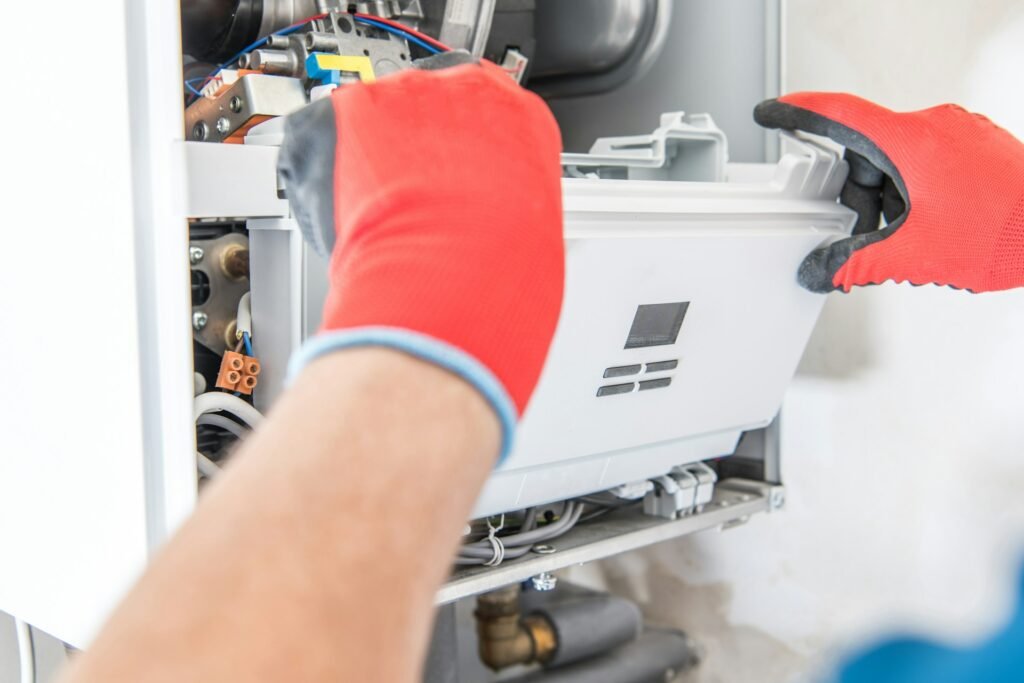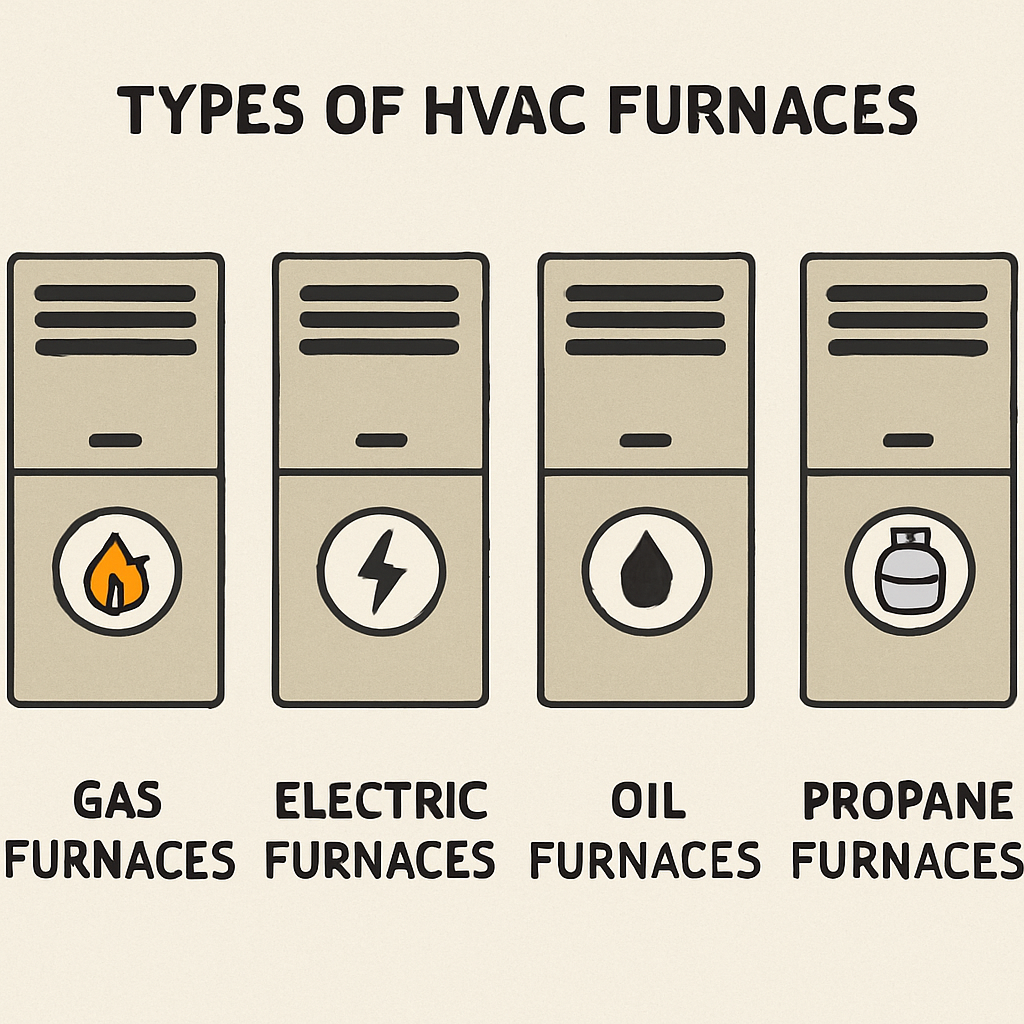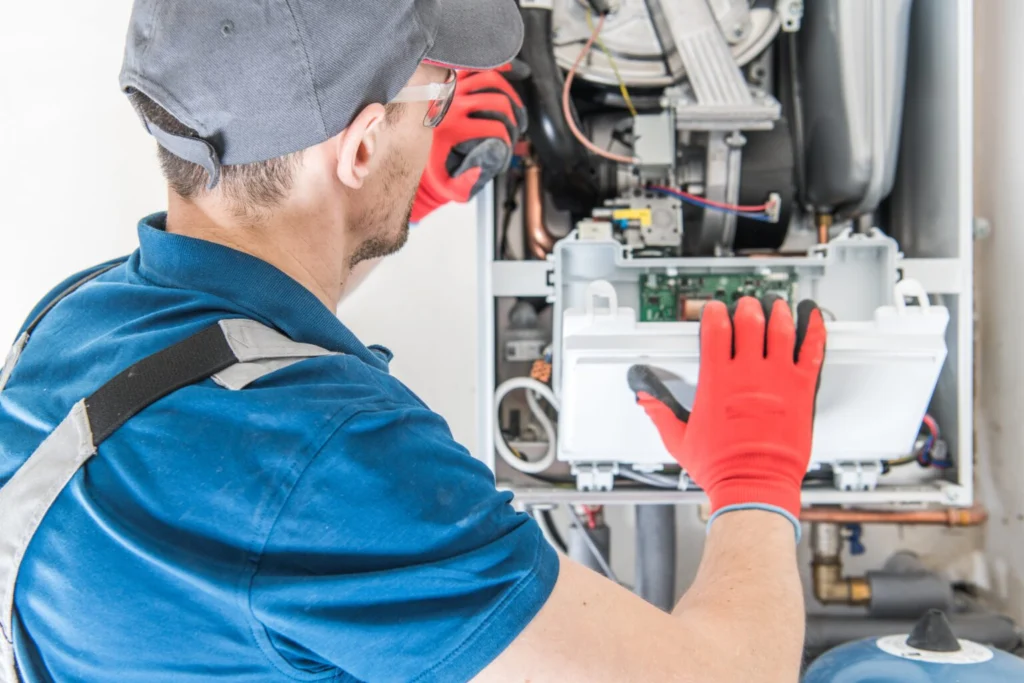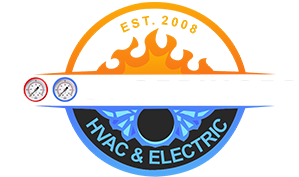When it comes to maintaining your home’s comfort, the heating system plays a crucial role. However, like any other essential home appliance, furnaces have a limited lifespan. Understanding the average furnace replacement costs can help homeowners prepare financially and make informed decisions when it’s time to replace their heating system. At BOOST SERVICES, we’re here to provide clarity and support every step of the way.
Replacing an old or inefficient furnace isn’t just about comfort—it’s about efficiency, safety, and cost savings. Let’s explore these aspects further to understand why a furnace replacement might be necessary for your home.

An outdated furnace can be a significant drain on your home’s energy resources. As technology advances, newer models become more energy-efficient, allowing you to heat your home using less energy. This not only helps in reducing your carbon footprint but also lowers your monthly utility bills. By investing in a modern furnace, you ensure that your home operates efficiently, providing warmth without unnecessary energy expenditure.
Safety is a paramount concern when it comes to home appliances. Older furnaces, especially those that have not been regularly maintained, can pose significant risks. Issues such as cracked heat exchangers can lead to dangerous carbon monoxide leaks, which are hazardous to your health. By replacing your furnace, you mitigate these risks and ensure a safer living environment for you and your family.
While the initial investment in a new furnace might seem substantial, the long-term savings are worth considering. Newer furnaces often come with improved technology that provides better heat distribution and quieter operation, enhancing your home’s comfort. Additionally, many modern furnaces come with warranties that can save you money on future repairs and maintenance, making the cost of replacement a more financially sound decision.
Table of Contents
Key Factors That Affect Furnace Replacement Costs
Several factors impact the cost of replacing a furnace. Understanding these can help you budget appropriately and choose the best solution for your home. Let’s delve into these factors to provide a comprehensive overview.
The type of furnace you choose greatly influences the replacement cost. Here are the most common options available:

- Gas Furnaces: These are typically cost-effective and efficient, but they require a natural gas connection. Gas furnaces are favored in areas where natural gas is readily available, offering a good balance between installation costs and ongoing energy expenses.
- Electric Furnaces: Generally cheaper to install, electric furnaces can lead to higher energy bills in the long run. They are often chosen in regions where electricity is more affordable than gas or in homes where a gas line is not feasible.
- Oil Furnaces: Less common today, oil furnaces can be a suitable option in areas without gas lines. However, they require regular delivery of oil, which can fluctuate in price, influencing operational costs.
- Propane Furnaces: A versatile choice for homes without natural gas, propane furnaces offer flexibility and can be an economical option depending on local propane costs.
The size of the furnace and its efficiency rating also affect the cost. Here’s what you need to know:
- Size Matters: A larger home will need a more powerful furnace, which typically costs more. It’s crucial to choose a furnace that is appropriately sized for your home to ensure efficient operation and avoid unnecessary energy consumption.
- Efficiency Ratings: High-efficiency furnaces come with a higher upfront cost but can save money in the long run through reduced energy bills. Understanding the Annual Fuel Utilization Efficiency (AFUE) rating can help you compare the efficiency of different models and make an informed choice.
The complexity of the installation process, including any necessary ductwork modifications, can add to the overall cost. Consider these aspects:
- Ductwork Modifications: Homes with older ductwork may require updates to accommodate a new furnace system. This can include sealing leaks, cleaning, or even replacing sections of ductwork to ensure optimal performance.
- Structural Challenges: Unique architectural features or limited access to installation sites can increase labor costs. Professional installers can assess these challenges and provide solutions to ensure a seamless installation process.
- Zoning Systems: If you’re considering adding a zoning system to your HVAC setup, this can also influence costs. Zoning allows for different areas of your home to be heated independently, which can improve comfort but may require additional investment in equipment and installation.
So, how much does it cost to install a new furnace? While prices can vary, here are some general estimates:
Gas furnaces are a popular choice due to their efficiency and cost-effectiveness. On average, you can expect to pay between $3,000 to $7,000, including installation. This range accounts for variations in size, brand, and efficiency ratings.
Electric furnaces tend to be more affordable upfront, with costs ranging from $2,000 to $4,000, including installation. However, it’s important to consider the potential for higher energy bills over time, depending on your local electricity rates.
Oil furnaces are priced between $4,500 to $6,500, including installation. While they are less common today, they remain a viable option in areas without access to natural gas. Keep in mind the ongoing costs associated with oil delivery and maintenance.
Propane furnaces offer flexibility for homes without natural gas, with installation costs ranging from $3,500 to $5,500. The price can vary based on local propane costs and the specific model chosen.
These figures represent average costs and can fluctuate based on the factors mentioned earlier. For a more accurate estimate tailored to your home, consulting with a professional HVAC contractor like BOOST SERVICES is essential.
When considering furnace replacement, it’s crucial to factor in the cost of additional components. These components can enhance the functionality and efficiency of your new furnace system.
Upgrading your thermostat can enhance your new furnace’s efficiency. Smart thermostats, which allow remote control via smartphone, typically cost between $100 and $300. They offer features like scheduling, learning your preferences, and even integrating with smart home systems for improved energy management.
Consider investing in air quality systems such as air purifiers or humidifiers, which can be integrated with your new furnace system. These enhancements can improve indoor air quality and overall home comfort. Air purifiers remove allergens and particles, while humidifiers maintain optimal humidity levels, especially during dry winter months.
If your ductwork is outdated or inefficient, replacing or repairing it can add to the cost. However, efficient ductwork is vital for the optimal performance of your new furnace. Properly sealed and insulated ducts ensure that heat is distributed evenly throughout your home, reducing energy waste and improving comfort.
While DIY projects can be tempting, professional installation is crucial when it comes to furnaces. Here’s why you should rely on experts:
Professional HVAC technicians ensure the system is installed correctly and safely, reducing the risk of future issues and ensuring optimal performance. They have the expertise to handle complex installations and troubleshoot any problems that may arise during the process.
Installing a furnace involves adhering to various safety and building codes. Professional installers are familiar with these regulations and ensure that your new system meets all necessary standards. This compliance not only ensures safety but also protects you from potential legal issues.
A professionally installed furnace operates at peak efficiency, providing the best return on your investment. Experts can fine-tune the system to match your home’s specific requirements, ensuring that you enjoy maximum comfort and cost savings.

At BOOST SERVICES, our team of expert technicians is committed to delivering top-notch customer service and satisfaction. We understand the importance of reliability and expertise in service delivery, and we’re here to provide personalized solutions to meet your unique needs.
As a community-focused business, we strive to build strong, trust-based relationships with our clients. Our commitment to quality and professionalism reflects our dedication to ensuring client satisfaction and excellence in service.
We believe in fostering long-term relationships with our clients by providing reliable and consistent service. Our goal is to be a trusted partner in maintaining your home’s comfort and safety, ensuring that you can rely on us for all your HVAC needs.
We encourage community members to engage with us and share their experiences. Your feedback helps us maintain high standards and continuously improve our services. By actively participating in community events and initiatives, we aim to give back and strengthen our ties with the people we serve.
Our commitment to excellence is reflected in our rigorous quality control measures and ongoing training for our technicians. We constantly update our knowledge and skills to stay ahead of industry trends, ensuring that we provide the best possible service to our clients.
Final Conclusion on Understanding Average Furnace Replacement Costs
Understanding the costs associated with furnace replacement can help you make informed decisions and ensure your home’s comfort and safety. At BOOST SERVICES, we’re ready to serve you quickly and efficiently, providing tailored solutions to meet your needs.
To get a personalized furnace replacement estimate, contact us today at:
- 818-277-5056
- 747-264-6358
Our team is here to guide you through the process and ensure you receive the best service possible. We take into account your home’s unique requirements and provide an estimate that reflects your specific needs and budget.
Don’t wait until the cold sets in—reach out to us now for a consultation and experience the BOOST SERVICES difference. We pride ourselves on our prompt response times and efficient service delivery, ensuring that your furnace replacement is handled with minimal disruption to your daily routine.
Choosing BOOST SERVICES means choosing a partner committed to excellence in every aspect of service. From the initial consultation to the final installation, we prioritize your satisfaction and strive to exceed your expectations at every step.
FAQ — Average Furnace Replacement Costs
What is the average cost to replace a furnace?
Prices vary by fuel type, size, efficiency, and install complexity. Many full replacements (equipment + labor) land from the mid four figures to the low five figures, depending on your market and scope of work.
Which factors have the biggest impact on furnace replacement costs?
Key drivers include:
- Fuel type (gas, electric, oil, propane)
- System size (BTUs) matched to a load calculation
- Efficiency rating (AFUE) and brand tier
- Ductwork condition and modifications
- Venting changes (especially for high-efficiency units)
- Electrical/gas line upgrades, permits, and labor rates
How does AFUE efficiency affect the total price?
Higher AFUE models cost more upfront but reduce fuel use and may qualify for incentives. Over time, energy savings can offset part of the added equipment cost.
What additional or “hidden” costs should I budget for?
Common add-ons include:
- Permit and inspection fees
- New venting/condensate drain for high-efficiency furnaces
- Thermostat upgrades or control wiring
- Duct sealing, resizing, or repairs
- Old equipment removal/haul-away and disposal
Do installation complexities raise the average cost?
Yes. Tight spaces, attic or crawlspace installs, long vent runs, or code updates increase labor time and materials, raising the final price.
Should I replace the AC or heat pump at the same time as the furnace?
Often recommended if both are older. Matched systems optimize airflow, controls, and warranties, and can reduce labor duplication versus separate projects.
How much contingency should I add to my furnace budget?
Plan a 10–20% contingency for unforeseen needs such as duct repairs, venting changes, or electrical/gas upgrades discovered during installation.
Can rebates or tax credits lower average furnace replacement costs?
Yes. Many utilities and programs offer incentives for high-efficiency models. Applying available rebates and credits can meaningfully reduce your net price.
What warranties should be included in the price?
Expect separate manufacturer (parts/heat exchanger) and installer (labor) warranties. Longer terms add value and reduce future out-of-pocket risk.
How do I compare quotes fairly across contractors?
Request itemized proposals that list model numbers, AFUE, scope of labor, venting/duct changes, permits, and warranty terms so you can compare true apples-to-apples pricing.
When is repairing cheaper than replacing?
Repair makes sense when the furnace is relatively young, issues are minor, and the heat exchanger is sound. If repairs are frequent or a major component fails, replacement may be more economical.
Does ductwork condition influence the replacement cost?
Yes. Leaky or undersized ducts hurt comfort and efficiency and may require sealing or resizing, adding to project cost but improving performance.
Will a smart thermostat meaningfully add to the budget?
It’s a modest add-on that can improve comfort, scheduling, and energy management. Some incentives include smart thermostats, further reducing net cost.
How long does furnace installation take, and does time affect cost?
Straight swaps often take one day; projects needing venting changes or ductwork can take longer. More labor hours typically increase the final bill.
What quick checklist should I review before approving the budget?
Confirm the following:
- Proper sizing via load calculation (not rule of thumb)
- Chosen AFUE and projected fuel savings
- Scope of venting, duct, and electrical/gas work
- Itemized materials, labor, permits, and haul-away
- Applied rebates/credits and final net price

